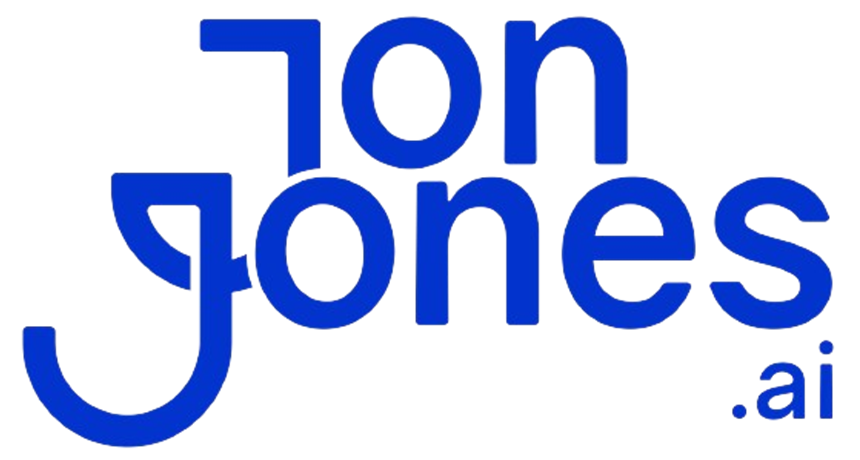Anticipation soared when Apple unveiled its 2025 iPhone lineup at its annual September event. The new family includes the standard iPhone 17, the high-end iPhone 17 Pro and 17 Pro Max, and introduces the wafer-thin iPhone Air model. Beyond refined appearances, each device packs upgraded components built to boost efficiency and enjoyment.
For everyday use, these enhancements bring faster app-switching, generous battery lifespans and built-in tools for tasks at work or home. Professionals will benefit from crisper optics, quicker processing speeds and on-device AI features designed to speed up creative and business workflows.
The overhaul announced on September 9 marks Apple’s most dramatic handset redesign in several product cycles. Preorders opened September 11, with in-store availability set for September 19. Shoppers can choose from a diverse suite of devices, each tailored to distinct needs and price ranges.
At $799, the base iPhone 17 features a 6.3-inch OLED Retina display boasting a 120 Hz refresh cycle. Power management improvements extend its runtime close to 30 hours when streaming video. A refined 12 MP front camera supports Center Stage framing. Qi2-compatible pads deliver wireless charging rates up to 25 W.
Moving up, the iPhone 17 Pro carries a starting tag of $1,099, with the Pro Max version at $1,199. A flush “Camera Plateau” spans the glass-touch surface, housing a 48 MP triple-lens array that includes an 8× telephoto option. A vapor-chamber thermal solution keeps the processor under control during extended bursts. Peak brightness climbs to 3,000 nits and Ceramic Shield 2 adds surface durability. Wired charging hits half charge within 20 minutes from a fast adapter.
Optical elements and sensor arrays work in concert to render color-accurate images under diverse lighting.
Creators will find advanced video formats supported by these Pros. Hardware Genlock functionality, ProRes RAW capture and Dolby Vision recording at 4K/120 fps deliver cinema-grade output straight from the handset. Low-light shots benefit from improved sensor sensitivity and noise reduction.
The iPhone Air, priced at $999, slices the profile down to 5.6 mm: Apple’s slimmest model to date. Under the hood sits a CPU akin to the A19 Pro, yet trimmed GPU lanes keep costs in check. Its 6.5-inch panel refreshes at 120 Hz and the battery fuels up to about 27 hours of video playback. A single 48 MP “Fusion” lens uses software fusion to switch between wide and 2× telephoto. This setup can stream content from both the front and back cameras simultaneously.
Whether a buyer seeks core performance, ultraportability, or the richest toolkit for photography and editing, the 2025 line covers every angle. The family shares common upgrades: faster chipsets for seamless app handling, brighter screens for outdoor use and stronger battery endurance for daylong tasks.
Shoppers aiming for a balanced experience without overspending will find the iPhone 17 hits the sweet spot. Those focused on minimal weight will appreciate the Air’s slim silhouette. Professionals capturing complex scenes or juggling heavy multitasking will gravitate toward the Pro editions’ maximum specs.
Gamers and power users gain extra runtime and thermal headroom with the Pro Max. Casual photographers seeking user-friendly shooting will find the iPhone Air or standard 17 fits their needs without excess cost.




